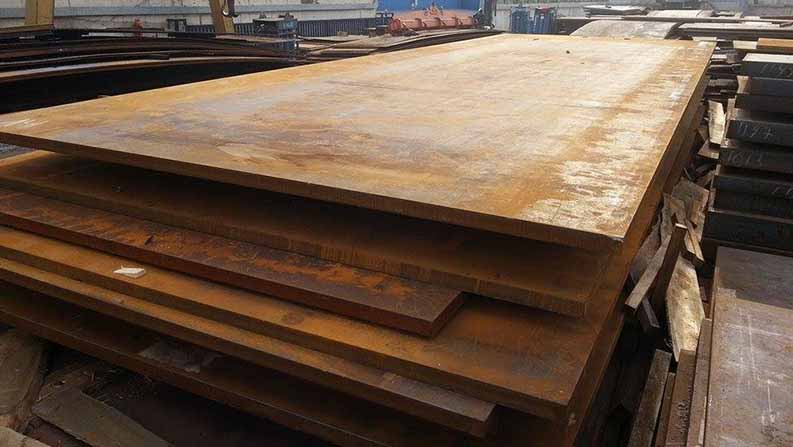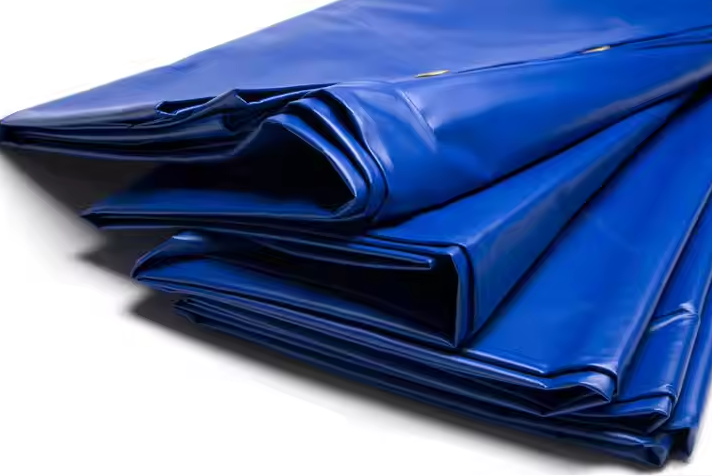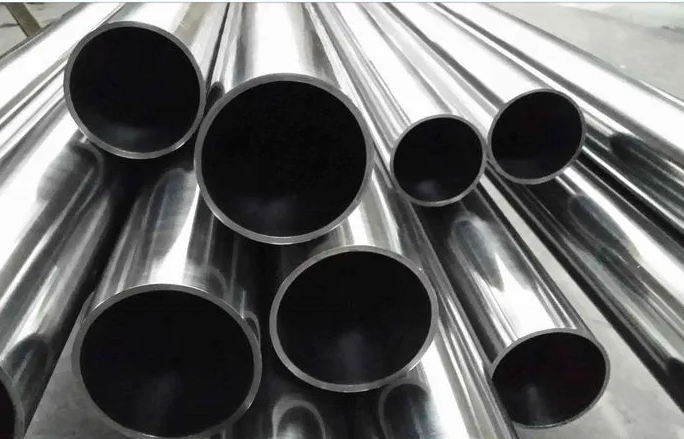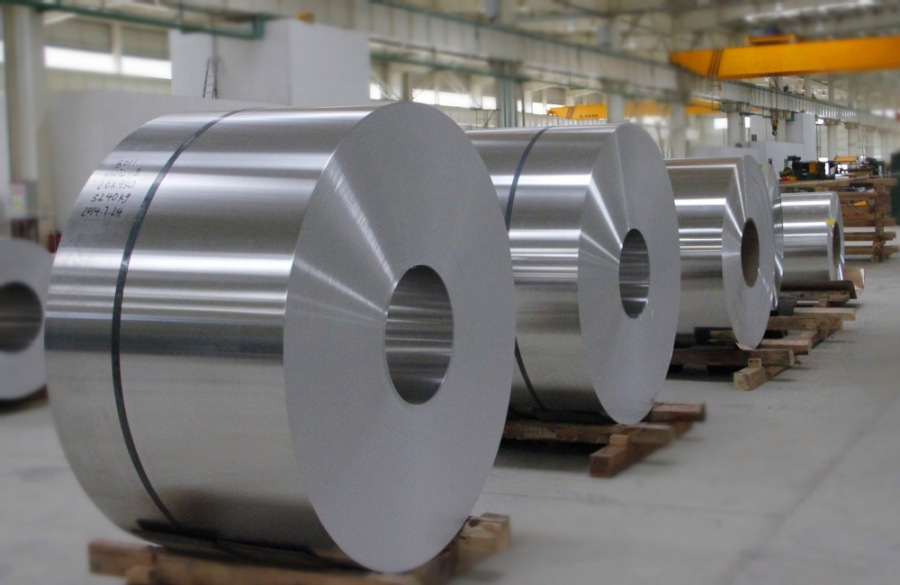Inconel Welding Rods: A Key Material for High-Temperature Joining

Strong 8k brings an ultra-HD IPTV experience to your living room and your pocket.
In high-stakes industries where extreme temperatures, pressure, and corrosive environments are the norm, the need for advanced welding materials is critical. Among the most trusted materials in such conditions are Inconel welding rods, essential consumables for joining nickel-based superalloys and dissimilar metals.
In this blog, we’ll explore what Inconel welding rods are, their unique properties, and the industries that rely on them for durable, high-temperature joining solutions.
What Are Inconel Welding Rods?
Inconel welding rods are filler metals specifically designed for welding Inconel alloys or other high-nickel-content metals. Inconel itself is a family of austenitic nickel-chromium-based superalloys known for their resistance to oxidation, corrosion, and high temperatures. These rods are commonly used in TIG (GTAW) and Stick (SMAW) welding processes.
Some popular grades of Inconel welding rods include:
- Inconel 600
- Inconel 625
- Inconel 718
Each type is engineered to deliver optimal strength, thermal stability, and corrosion resistance depending on the application.
Key Properties of Inconel Welding Rods
1. Excellent High-Temperature Resistance
Inconel rods retain their mechanical properties even at temperatures exceeding 1000°C (1832°F), making them ideal for power plants, aerospace, and exhaust systems.
2. Superior Oxidation and Corrosion Resistance
Thanks to their high nickel and chromium content, these rods resist harsh chemicals, acids, and seawater making them perfect for chemical processing plants and marine environments.
3. High Strength and Durability
Inconel rods provide exceptional tensile strength and fatigue resistance, enabling strong welds in demanding applications.
4. Thermal Fatigue Resistance
They perform well under cyclic heating and cooling, which is vital in turbine blades, heat exchangers, and reactors.
Applications Across Key Industries
1. Aerospace Engineering
Inconel welding rods are used for fabricating jet engine components, turbine blades, and exhaust ducts. Their ability to maintain strength at high altitudes and extreme heat is invaluable.
2. Power Generation
Nuclear and thermal power plants utilise Inconel welding rods for joining components exposed to heat and radiation, such as reactor vessels and steam generators.
3. Chemical Processing
Corrosive chemicals, acids, and chlorides demand materials with strong chemical resistance. Inconel rods are used in pressure vessels, scrubbers, and reaction chambers.
4. Marine and Offshore Industry
With their resistance to seawater corrosion, these rods are chosen for welding parts of offshore platforms, ship components, and desalination systems.
5. Automotive and Racing
High-performance vehicles use Inconel welding rods in exhaust manifolds, turbo systems, and mufflers for their durability and resistance to thermal fatigue.
Types of Inconel Welding Rods and Their Use Cases
Rod Type Features Applications
- Inconel 600 Good oxidation resistance Heat exchangers, furnace parts
- Inconel 625 Excellent seawater and chemical resistance Marine, offshore, chemical plants
- Inconel 718 High strength and creep resistance Jet engines, power turbines
Welding Techniques with Inconel Rods
- TIG Welding (GTAW): Preferred for precision work; produces clean, high-quality welds.
- Stick Welding (SMAW): Ideal for field work and thicker materials.
- MIG Welding (GMAW): Less common but used in automated applications.
Welders must maintain specific heat input and preheat conditions to avoid cracking or distortion, especially when welding thick sections or dissimilar metals.
Challenges and Solutions
Challenge 1: Work hardening during machining or prep
Solution: Use proper tooling and maintain a low cutting speed.
Challenge 2: Susceptibility to hot cracking
Solution: Control interpass temperature and use the recommended filler metal.
Challenge 3: Welding to dissimilar metals (e.g., stainless steel or carbon steel)
Solution: Inconel rods can bridge the gap and maintain corrosion resistance at the weld zone.
Why Choose Inconel Welding Rods?
- Resilience: Withstand harsh thermal and chemical environments.
- Versatility: Welds Inconel alloys, stainless steel, and other high-performance alloys.
- Performance: Enables strong, defect-free joints for critical applications.
Whether it's for pressure vessels, jet engines, or corrosive pipelines, Inconel welding rods are the go-to choice when only the highest performance will do.
Conclusion
Inconel welding rods are indispensable for industries that operate in severe environments, offering a combination of strength, thermal resistance, and corrosion protection. By choosing the right grade and welding process, industries ensure long-term performance, safety, and cost-efficiency in critical systems.
If you’re looking to source high-quality Inconel welding rods, always work with experienced suppliers who provide certified materials and technical support.
Note: IndiBlogHub features both user-submitted and editorial content. We do not verify third-party contributions. Read our Disclaimer and Privacy Policyfor details.







